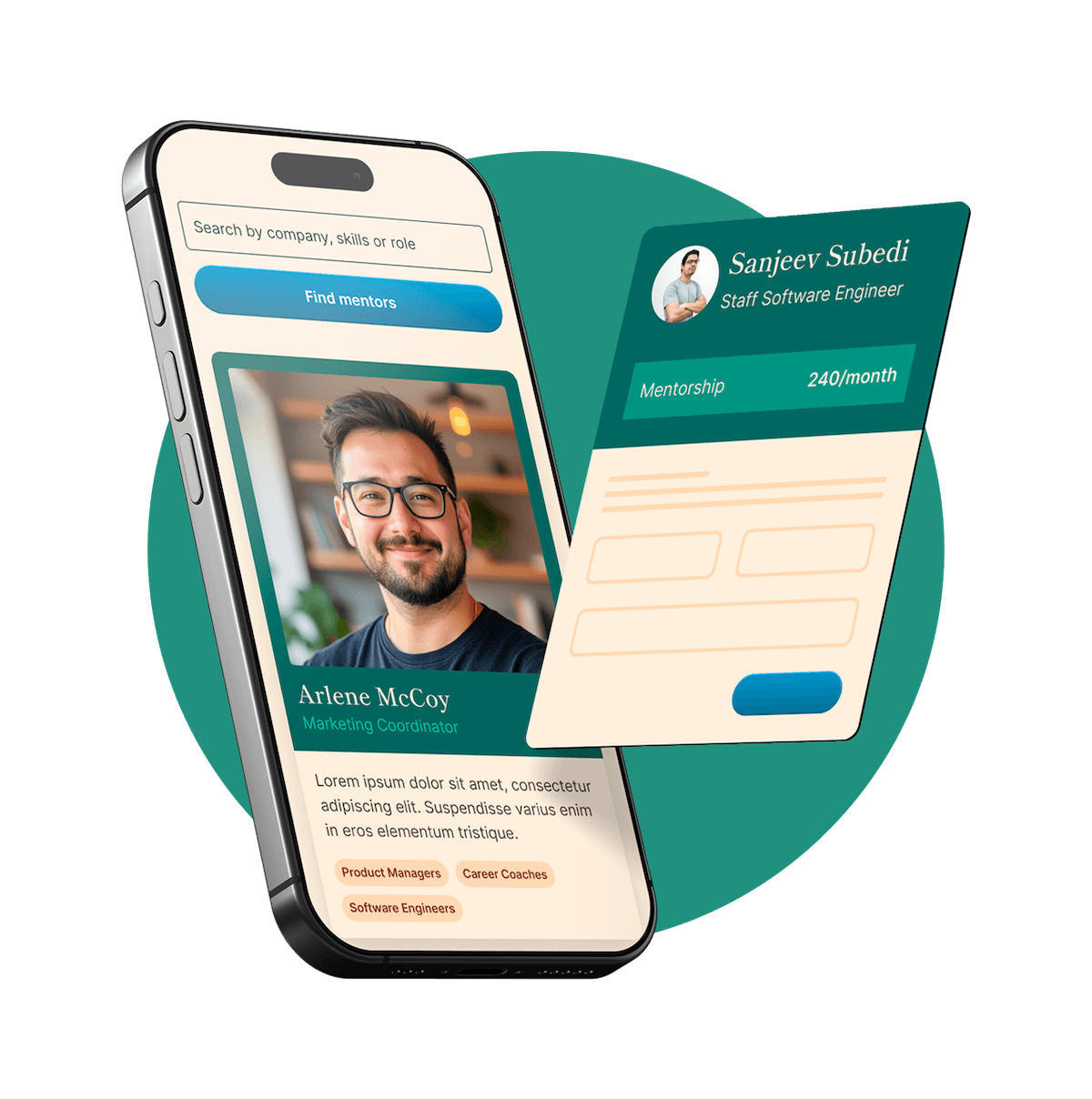"Build a product that solves a real pain point" has become startup gospel.
You’ll find it in pitch decks, product blogs, and founder advice threads. It’s catchy, intuitive, and often repeated as a universal truth. But after ten years in the trenches, failing at a startup, then consulting and managing products across industries, I’ve realized it’s not the full picture.
“Build a product that solves a real pain point” is roughly correct but not entirely accurate.
Here’s a sharper, more specific version: "Offer something that somebody is dying to pay for."
This isn't just a clever rewording. It’s a deeper understanding of what actually drives traction, revenue, and real-world adoption. And it took me years to arrive here, by learning the hard way.
Often, what separates a good idea from a great business is not the size of the pain, but the intensity of desire. People don’t just buy what solves a problem, they buy what they desperately want, often driven by urgency, identity, or emotional pull. That’s why it’s not enough to solve a pain point logically; you need to create an offer that people feel compelled to act on.

There are three keywords in this version that completely change the game. Let’s break them down.
We shouldn’t assume that we need to build something to create value or to charge $$. Specially in software, there’s an urge to start writing code because the barriers to starting is low.
We can sell something we already have. We can also borrow (or partner with) an existing offering and provide it to our customers. We can buy something (or its license) and sell it. In fact, if it’s not the business’s core competency, we should question ourselves before trying to build it.
Another assumption in the original quote is that customers only want products. In reality, customers are not buying products — they’re buying a better version of themselves (or the hope/nostalgia for the same).
And, we can offer a better version of themselves by offering them a service, some unique insight, access to gated communities, braggability rights, an array of options, safety, validation, an ear, a bag of $$$, and so much more.
The first assumption is that all successful businesses/products solve “pain points”. If that was true, the modern-day digital-drugs (social media) wouldn’t be so successful. One could argue that they’re solving the problem of boredom. But, so many products & services, especially in a developed world, exist not to solve problems but purely as a natural evolution of society.
Successful products/services/offerings can be painkillers, vitamins, or psychedelics.
Silicon Valley preaches a lot about “real pain points” and then ends up building a lot of cash-cow psychedelic products that create new problems instead of solving any pre-existing problems. Vitamins get a bad rep too. A lot of people buy vitamins because they want to live a healthy life and prevent problems from occurring. In fact, the multi-vitamin industry is a ~$300 BILLION industry. Notion, Airtable, and Slack are vitamins.
The other assumption is that all pain points are worth paying for. A lot of pain points (like trash on the streets) are real but I am not dying to pay $$$ to solve that.
Instead, we should offer products/services that somebody (such as an advertiser, parent, government, employer or the actual user) is *dying to* (not just willing to) pay for because there is a direct / indirect pot of gold for them 🍯.
The shift from “build a product” to “offer something that somebody is dying to pay for” becomes even more critical in the age of AI.
Why? Because the cost of building, especially software, is plummeting. No-code tools like Lovable, Replit, Cursor allow anyone with an idea, and minimal skills, to build MVPs, write code, create interfaces, and even simulate users. What used to take months and a team can now be done in a weekend, or an afternoon.
In this new landscape, “building” is no longer a differentiator, it's becoming a commodity.
And that’s where the original quote, “Build a product that solves a real pain point”, starts to lose its usefulness. Because if someone has a real pain point, chances are they now have access to tools that let them solve it themselves. If they don’t solve it, maybe the pain isn’t worth solving. Maybe they’re not dying to pay for a solution, because they could just create one.
What becomes rare, then, is not the ability to build, but the ability to see and shape what’s worth offering. That takes something AI can’t replicate: creative thinking, lived experience, nuanced taste, deep domain knowledge, and the ability to connect dots across disciplines.
In an AI-powered world, value shifts from creation to curation, from production to packaging, from features to feelings.
So, if everyone can build, then the winners will be those who offer the right thing to the right person at the right moment, and do it in a way that sparks immediate desire and willingness to pay.
AI isn’t going to make product-building obsolete, but it will make bad product thinking obsolete. The bar will rise, and the successful founders, creators, and operators will be the ones who understand that offering is the strategy, not just building.
The beauty of “Offer something that somebody is dying to pay for” is that it is applicable to not just large businesses (like FAANG) but also to startups, professional services firms, banks, hospitals, schools, casinos, cupcake shops, boutique agencies, and solopreneurs.
The future won’t reward what’s easiest to build, but offers that are hard to refuse.
Find out if MentorCruise is a good fit for you – fast, free, and no pressure.
Tell us about your goals
See how mentorship compares to other options
Preview your first month
